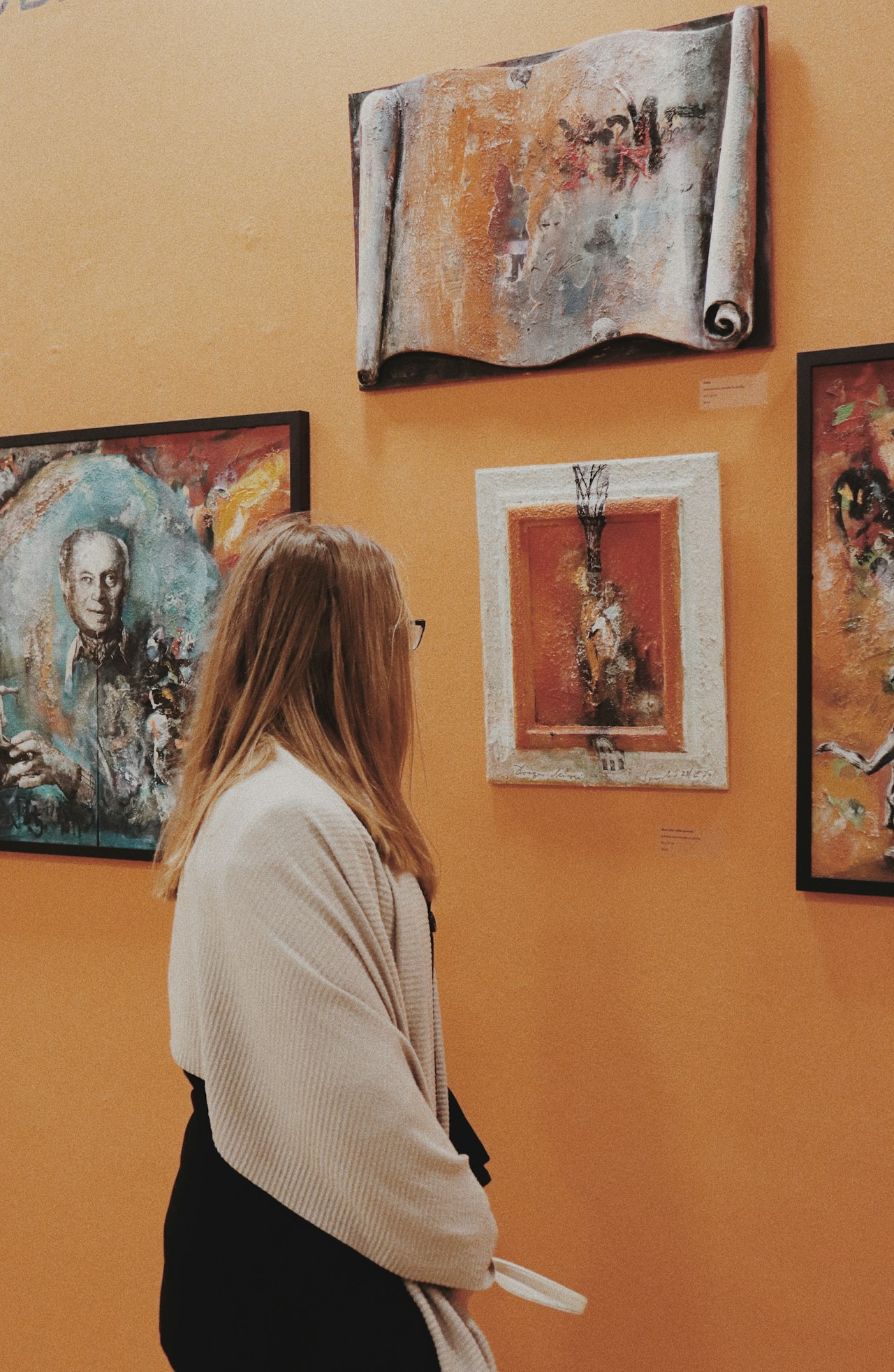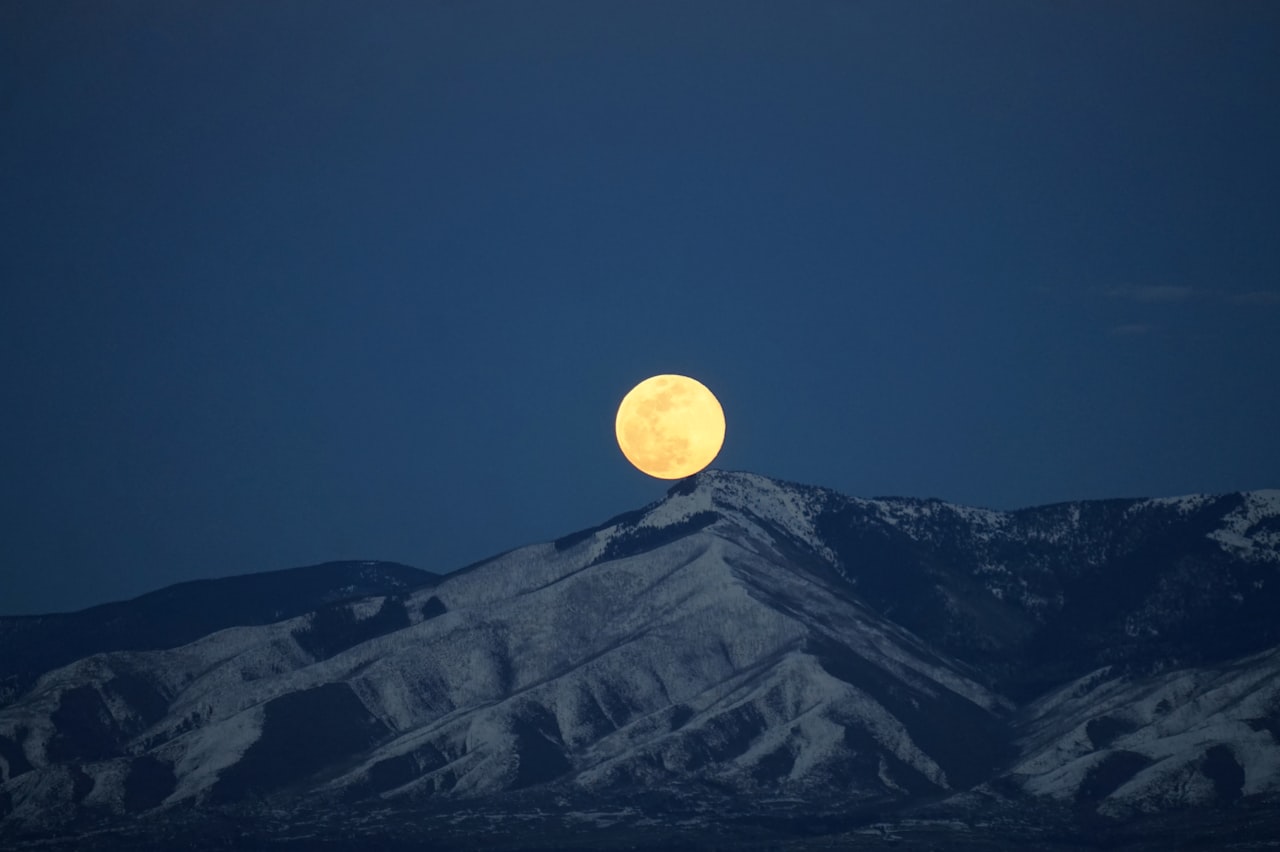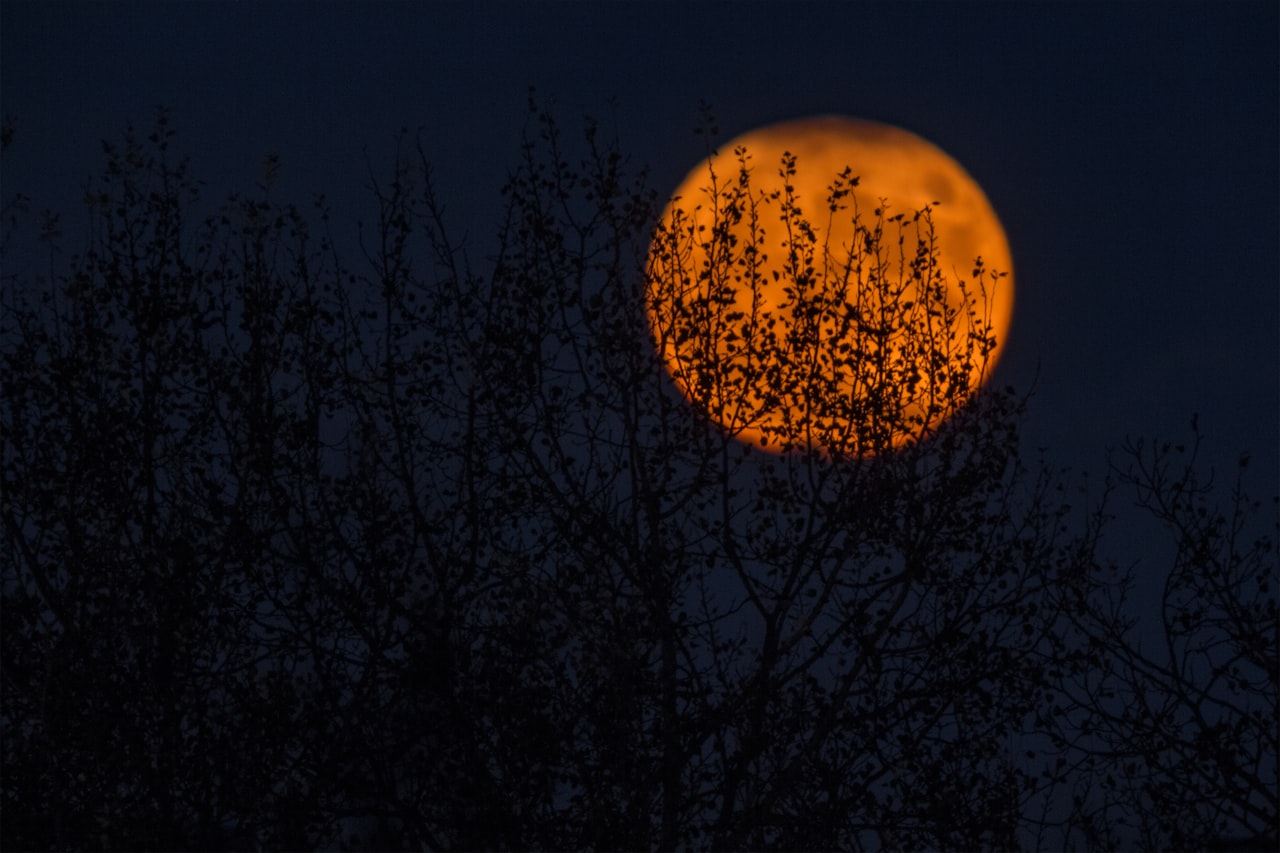The Historic and Enchanting Villages & Pueblos North of Santa Fe
Tesuque, Pojoaque, Nambe & Chimayo
In a small valley tucked in the foothills of Santa Fe is the historic and colorful village of Chimayo. Made famous by a small adobe church that is considered sacred not only to locals, but to thousands every year who visit as tourists or to receive holy dirt. Chimayo is also home to the famous Rancho de Chimayo restaurant, weavers, green chili and small shops.
Every year on Good Friday, many New Mexicans make the annual pilgrimage to El Santuario de Chimayó and Tomé Hill. This year, Good Friday falls on March 29. Located between Santa Fe and Taos, the Santuario de Chimayó is considered a sacred pilgrimage site. Many people make the journey for the ‘Tierra Bendita,’ or holy dirt there. People walk 100 miles away from Albuquerque, overnight from Santa Fe, Taos or from the surrounding villages. This act of faith, step after step, is done by families and friends from all of Santa Fe’s cultures; Hispanic, native Anglo, Native American and anyone else who wants to experience the journey.
“When one or more of you are gathered in my name,” captures the powerful feeling to be walking among thousands of people. There are the police officers on horses, someone with a guitar or boom box, low-riders driving out to pick up there Abuelita’s or cousins, and trucks that drive back and forth on 503 bringing pilgrims back to their cars from the Santuario. Without formal organization by anyone, families, churches and businesses set up tables with water, oranges, snacks, religious literature; and chairs or port-a-potties. I’m always deeply touched by the generosity.
I’ve been walking the pilgrimage for over 30 years. Every year someone different joins me. We share stories of our lives, have quiet reflective moments, sometimes sing but always leave feeling inspired. Typically, I start at the Nambe turnoff.
On the way to Chimayo, you pass three Pueblos from Santa Fe; Tesuque, Pojoaque and Nambe. Just like any town, they each have their own flavor but living within Native land is unique to the West.
Tesuque is a beloved village located directly north of Santa Fe in a lush green valley. There are horse properties, small casitas and adobe estates sprinkled in the hills. There is rarely a wait at the post office, a gallery and two beloved restaurants minutes away. Currently, there are eleven homes available for purchase, ranging in price from $600,000 to $5 million. A newer subdivision that currently has of four these homes for sale is Bishops Lodge Hills. It is located right next to Bishops Lodge Resort and has access to amenities offered by the destination hotel. There are also seven homes out among the hills. Tesuque is popular by those wanting to be in the countryside, yet only 5-10 minutes to Santa Fe.
Pojoaque has been a powerful Pueblo, as it has businesses along 285 that have helped support it’s economy. Some of the businesses that I frequent are: Kokoman Liquors, doesn’t have sales tax on their huge selection of libations; El Parasol, a delicious and locally owned New Mexican food chain[CT1] ; Buffalo Thunder, displaying an exceptional collection of Native American Art, hosts concerts, has a golf course and lodging for small or large groups, and other local or national businesses. It’s a convenient stop for those living in the valley between Santa Fe and Espanola.
Nambe is a picturesque village which is a little up the road down Hwy 503. Nambe is known for it’s small farms that grow “the three sisters” corn, squash and beans; weaving and pottery. The Pueblo has a wonderful campground and waterfall great for picnics and beautiful day hike. The Badlands are also great for mountain bike riding and hiking. The new Tesla charging and service center on Hwy 285 is actually on Nambe Pueblo land, which was negotiated in a land swap with Pojoaque Pueblo for frontage road property to start a casino, which is now the Tesla dealership. In our realtor database these two communities are combined into one area. Homes for sale in these two Pueblos currently range from $460,000 to $1.5 million.
The US Congressional Pueblo Lands Act of 1924 was to settle the Pueblos land claims but found that newcomers were also living within the Pueblo Land Grants. These newcomers had not only had been living peacefully with the Natives for over 225 years at this point, but in many cases now were of similar families as intermixing had taken place. The primary goal of the Act was to consolidate land titles in favor of the Pueblos and ensuring the Pueblos retained the lands to which they were “equity entitled” to. Importantly, the Act specified the Pueblos be compensated by the federal government to reacquire lost lands and water rights. The newcomers were issued “patents” signed by the Department of Interior to their claims which made the land “fee simple” ownership, which most properties are deemed. Recently, due to the Aamodt water settlement, a community water system is being built with cooperation by the Federal, State, County, City and Pueblo governments. Water historically has been private or shared wells, which will still be an option. And finally, long term legal access to “fee simple” properties have been secured for 99 years, plus an option for another 99 years, or eight generations between the Pueblos and Santa Fe County.
My friend and colleague, Carl Trujillo grew up in Nambe and is one-third Native American. He has been a State Representative, is a Material Science Researcher and a builder with Tri-Son Development. Carl has built over 15 homes in the Nambe valley, and another two dozen homes over the past 30 years in Santa Fe County. His personal experience and knowledge have been invaluable in understanding the history and legalities of the Valley. His homes match the clients’ needs, whether a family home in Nambe, or a modern estate property in Las Campanas.
When looking for a home, consider the historic and charming villages to the north. They are like nowhere else in the United States. This blending of worlds, where history, art, food and many peoples have come together like a color tapestry is the beauty and authenticity we love about New Mexico.






































































































